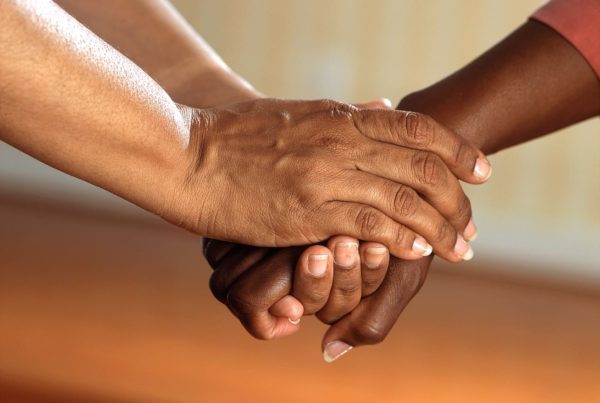Dialectical behavior therapy (DBT) is a form of psychotherapy that is based from the cognitive behavioral therapy (CBT) approach. As explained in Psychology Today, CBT “focuses on modifying dysfunctional emotions, behaviors, and thoughts by interrogating and uprooting negative or irrational beliefs.” While DBT incorporates many aspects of the CBT approach, DBT places greater emphasis on the psychosocial aspects of treatment. Marsha M. Linehan developed DBT in the late 1980s. It was originally intended as an alternative treatment method specifically designed for chronically suicidal individuals diagnosed with borderline personality disorder (BPD). DBT is currently, not only, considered to be the gold standard method of treatment for individuals diagnosed with BPD, but evidence has shown it to be a successful treatment method for individuals diagnosed with other mental health illnesses (e.g. eating disorders, bipolar disorder, substance use disorder, etc.). The purpose of DBT is to incorporate and apply the therapeutic skills into all areas of one’s life.
12 Steps
Twelve-step programs are mutual aid organizations that support recovery from substance addictions, compulsions and/ or behavioral addictions. The first twelve-step program, Alcoholics Anonymous (AA) was developed in the 1930s and continues to be one of the most widely known addiction recovery organizations in the world. AA’s 12-step approach is comprised of the following distinct guidelines, each intended as a step toward recovery, as provided by Alcoholics Anonymous World Services:
- We admitted we were powerless over alcohol—that our lives had become unmanageable.
- Came to believe that a Power greater than ourselves could restore us to sanity.
- Made a decision to turn our will and our lives over to the care of God, as we understood Him.
- Made a searching and fearless moral inventory of ourselves.
- Admitted to God, to ourselves, and to another human being the exact nature of our wrongs.
- We were entirely ready to have God remove all the defects of character.
- Humbly asked Him to remove our shortcomings.
- Made a list of all persons we had harmed, and became willing to make amends to them all.
- Made direct amends to such people wherever possible, expect when to do so would injure them or others.
- Continued to take personal inventory and when we were wrong promptly admitted it.
- Sought through prayer and meditation to improve our conscious contact with God, as we understood Him, praying only for knowledge of His will for us and the power to carry that out.
- Having had a spiritual awakening as the result of these Steps, we tried to carry this message to alcoholics, and to practice these principles in all our affairs.
12 Steps and DBT
There are a variety of treatment options available for individuals struggling with substance abuse and/ or addiction. An individual diagnosed with substance use disorder, and/ or another mental health illness will likely require a tailored treatment plan, as every person is different. Depending on the needs of the individual a treatment plan could consist, but is not limited to, any combination of the following treatment methods:
- Psychotherapy
- Cognitive behavioral therapy
- Dialectical behavior therapy
- Group therapy
- Creative arts therapy
- Support group meetings
- Alcoholics Anonymous (AA)
- Narcotics Anonymous (NA)
- Medication
A customized treatment plan can incorporate a variety of therapeutic modalities so as to ensure the individual’s nuanced needs are properly accommodated. Addiction is a serious mental health illness, and if left untreated can lead to severe, and in some cases life-threatening, consequences. If you or someone you know is struggling with substance abuse, do not delay in seeking treatment. With proper treatment and continued commitment to one’s recovery process, an individual diagnosed with substance use disorder can go on to live a healthy, sober, fulfilling life.




